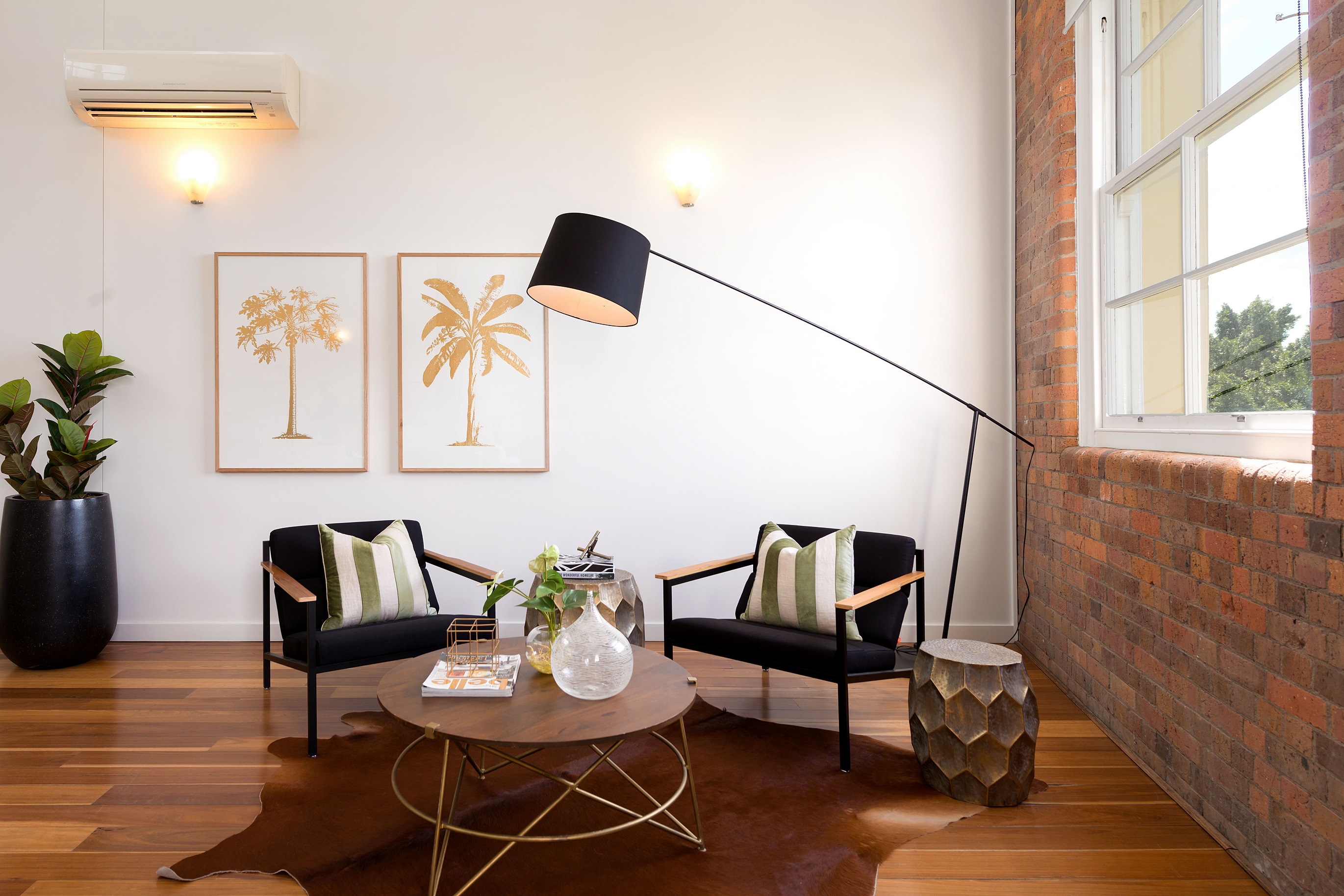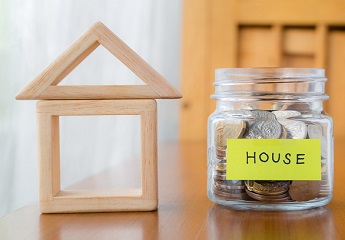The latest CoreLogic Hedonic Home Value Index shows that from a national perspective, the housing price recovery is well underway. And from a wider economic standpoint, the country is bouncing back faster than expected.
Truth be told, Brisbane has weathered the storm better in comparison to the larger markets of Sydney and Melbourne, and in November, housing values in the city reached new record highs. Experts and industry pundits have agreed that the city, as well as some parts of regional Queensland are on a trajectory of strong growth into 2021.
ANZ are projecting that house prices in Brisbane could grow by +9.5 per cent over 2021
With this positive news as a backdrop, let’s take a look at how markets performed.
Here’s what’s happening in the Brisbane property market


Overall the Brisbane market advanced +0.6 per cent over November 2020 to leave it up +1.5 per cent for the quarter and +3.2 per cent for the year to date (YTD). The median dwelling value is currently $515,267 across the city - which is a record. For this amount you get significantly more for your median money than Sydney ($860,967), Melbourne ($672,172) and Canberra ($672,866).
As Property Observer points out, ‘Highly-ranked, well-located suburbs in this city often have median house prices in the $800,000s and $900,000s’ - which to a Sydney-sider or Melbournian is a bargain!
If you are looking for specific hotspots, Property Observer research identified 12 suburbs in Brisbane North and 13 in the neighbouring Moreton Bay Region with, ‘consistent sales activity across multiple successive quarters’. These include Murrumba Downs, Ashgrove and Bellara - but they also recommend researching Logan City in the south.
Brisbane and Queensland rental market update
CoreLogic's October Hedonic Home Value Index reports that asking rents in Brisbane are up +1.2 per cent for houses but weaker for -1.9 per cent for units over the March - November period.
SQM Research reports that overall vacancies in Brisbane were at 2.0 per cent in October, with the Real Estate institute of Queensland (REIQ) reporting that many Gold Coast postcodes had rates under 1 per cent in September - including Burleigh Heads (0.4 per cent), Coolangatta (0.2 per cent), Currumbin (0.6 per cent), Palm Beach (0.1 per cent) and Miami (0.4 per cent). Further north Townsville is currently experiencing, ‘its lowest vacancy rates in more than 10 years’ (0.7 per cent) while Cairns is currently at 1.3%.
Overall REIQ reports that Queensland’s overall quarterly vacancy rate improved from 2.44 per cent to 1.49 per cent.
The REIQ reports that Queensland’s overall quarterly vacancy rate improved from 2.44 per cent to 1.49 per cent
 The outlook moving forward
The outlook moving forward
So what to expect as we say goodbye to the old year and welcome 2021? Let’s check in with some leading financial houses and property analysts.
According to CoreLogic’s we could, “...see a recovery from the COVID downturn as early as January or February next year.” This is largely based on broadly positive economic data, including a +3.3 per cent rise in GDP over the recent quarter. COVID restrictions are also easing as state borders open or will soon reopen - and interest rates remain at record lows - which should stimulate activity and support the housing market.
Meanwhile the WestpacMelbourne Institute sounds a slight note of caution regarding the recent pandemic related job losses, believing that: ‘Consistent above trend growth will be required to lower the unemployment rate’.
The Property Investment Professionals of Australia’s (PIPA) Annual Investor Sentiment Survey 2020 found that 67% of investors still want to purchase property, with Queensland ‘rated highest for investment prospects’ and a significant 36 per cent ‘keen to look for regional opportunities’.
On that optimistic note, we look forward to more positive property data from Brisbane and the Sunshine state in our December update!





